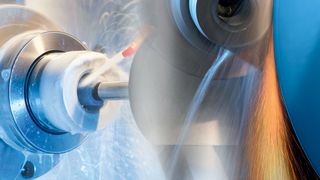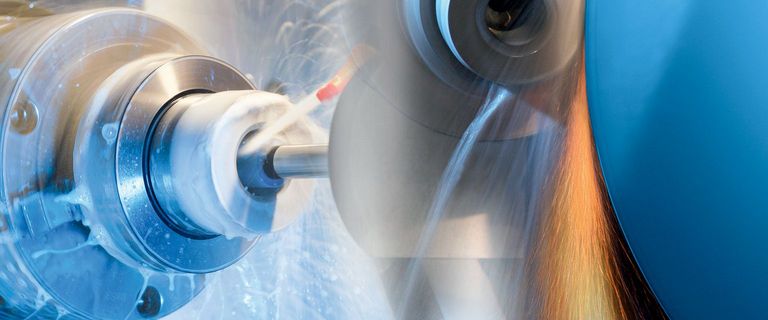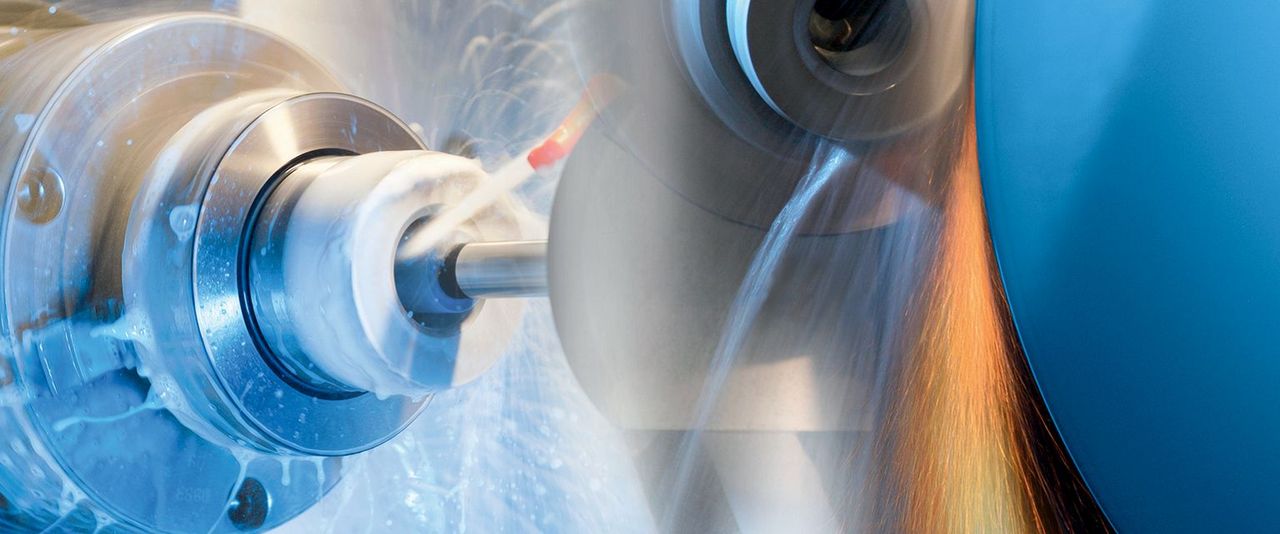Applications Engineers: A Great Reason to Work Directly with Machine Tool Manufacturers
Application engineers at OEM machine tool manufacturers have worked with many customers on scores of applications. They know what questions to ask and which of the many possible paths to pursue will work best for a client’s budget, staff and situation. They have the knowledge base to guide customers, whether it’s a custom solution or a training issue.
This dynamic illustrates the value that OEM application engineers bring to their machine tool clients. An investment in a grinding machine is much more to a client than purchasing a piece of equipment. It should be an ongoing partnership in which the vast experience and knowledge of the machine tool manufacturer’s application engineers is put to use in developing solutions for its clients’ specific needs.
Clients may be looking for help to:
- Save time to become more flexible for HMLV work or expand their customer base.
- Combine operations without the need to reclamp — perhaps even to mill, drill, grind, and deburr in the same setup.
- Leverage technology to collect better data and train less experienced staff on newer machines.
From Industry Expertise to Common Areas of Concerns
Application engineers at machine tool manufacturers work across a wide spectrum of challenges. At the high end, key aerospace clients give UNITED GRINDING “dog bone specimens” for testing. These are square chunks cut from raw part castings and/or materials that can represent any component on an aircraft. Customers supply them so UNITED GRINDING application engineers can use their expertise to develop the grinding process necessary to achieve the desired surface and/or thread forms as well as fine surface finishes and tight tolerances.
Aerospace manufacturers also come to UNITED GRINDING for workholding solutions with delicate or complex shaped parts that are extremely difficult to clamp due to thin walls or airfoil-type shapes. The parts have to be clamped rigidly enough so that they don’t move during grinding, but without overclamping to prevent any deflection or indentation in the part — all while trying to grind parts as quickly as possible.
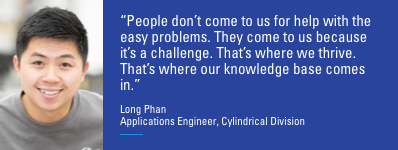


At the other end of the spectrum, a customer may have a limited knowledge base of the capability of a machine. Smaller job shops tend to get into a rhythm and follow the processes they are comfortable with. An application engineer from the machine tool manufacturer can show them where there is room for improvement.
While every grinding manufacturing customer has specific needs, the majority of concerns relate to optimization: How to best use the resources they have. Application engineers at UNITED GRINDING say the two most common areas of focus for customers are staffing and automation.
Staffing Issues That Impact Every Manufacturing Client
Manufacturers are relying more on machine tool manufacturers for support across the board as they are hiring people with less experience. Clients want their expert-level staffers doing the machine setups and lower-level employees operating them.
Application engineers at machine tool manufacturers are asked to compensate for common staffing-related considerations at their clients such as:
- Clients may have installed a machine two years ago and no longer have people or the depth to operate the machine.
- There is a high level of fluctuation at the companies themselves; they may not take the time to adequately train people.
- The engineers at the client level are thinning out. They are frequently rotated throughout their company, which brings more value to their company but not to the value of a specific machine.
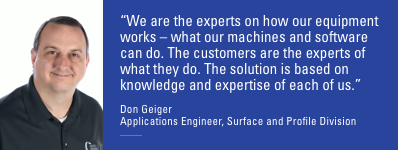


The staffing-related issues are an opportunity for the machine tool manufacturers to enhance the process and help customers get more out of the machine. New employees, or employees new to the machine, often have some technical knowledge and are comfortable with HMIs. And there might be improvements in the software or things that the application engineers have learned from other customers that can be applied.
Ways to Leverage Grinding Automation
An application engineer from a machine tool manufacturer can look at production numbers to see whether a client could benefit from an accessible grinding automation improvement such as automated loading.
Additionally, application engineers can devise ways for automation not only to help manufacturers boost productivity through technology, but also optimize the person in the equation, recommending automation solutions that will allow him or her to be redeployed to more value-added tasks or to monitor more equipment that runs unattended.
This is increasingly important in light of the COVID-19 pandemic, which has contributed to an increase in interest in grinding machine automation. From the onset of social distancing and safety precautions on the shop floor, manufacturers have been adapting to one person doing multiple facets (setups, order process, packaging, even maintenance). And manufacturers who have had to furlough employees are doing more with less. Some manufacturers are busier than ever; they also have to be efficient even if they are trying to hire and onboard more staff.
Finding the Right Fit for Each Customer
For many of our customers, the longevity of the grinding equipment is a priority. To this end, application engineers may prioritize digital monitoring and preventive maintenance in their recommendations. But customers are not always hesitant to change out machines. They may be producing a very expensive part, and upgrading machines might be the obvious solution to eliminate scrap.
If a customer has budget concerns, the application engineer will determine what might be a luxury vs. an essential component. A diamond disk wheel will wear less and require less less dressing, but it comes at a cost. A single point diamond dresser setup might work instead.
But sometimes the equipment is an urgent requirement for entering a new market or servicing a new client. In these situations, the machine tool manufacturer’s client needs to build up production right away to get to capacity and then will figure out long-term concerns related to the equipment. The application engineer knowledge base will be invaluable in entering that new market.
How Applications Engineers Engage Customers
Application engineers have vast experience in evaluating the many variables and the balance of speed and tolerance in the increasingly complex world of grinding. They work backward from the client’s goal, looking at the part, the geometry and the material, asking questions such as:
- What quality standard is required?
- What is the desired cycle time?
- Does producing the part require a bigger swing radius?
- How repeatable does the chucking need to be?
- What is the needed table length?
- Which is the right software package?
Sometimes it's a matter of opening the clients’ eyes to other possibilities, such as:
- Spindle rates: A faster wheel speed may have a higher material removal rate (MRR) but produce a rougher finish, which requires more work.
- Tooling support methods: Holding the tool by the shank works at one speed but a different technique may be needed at higher speeds.
- Extending the life of grinding wheels: Wheel speed, feed rates, coolant dispersal and types are just a few of the factors to weigh.
- Changing the sequence of operations or removing stock from different areas might reduce cycle time.
- A problem might be a symptom of something else. The operator might think the issue is caused by an entry issue, but it might be an equipment wear issue or an electronics issue.



The more things the manufacturer can control, the more they can run unattended. An application engineer can help a client sort out how to run unattended through a lunch break or at the end of a shift or for the production of the final eight parts in a 10-part run.
Rely on Application Engineers at Your Machine Tool Manufacturer
Application engineers at machine tool manufacturers understand how every client is looking for value, whether it’s a turnkey solution or extending the life of a 30-year old machine.
The best solutions emerge when savvy application engineers at machine tool manufacturers respect the customer for their core competency but know how to add something to the equation. Contact us today to give us a chance to show how our seasoned application engineers can help you get the most out of your grinding technology.




